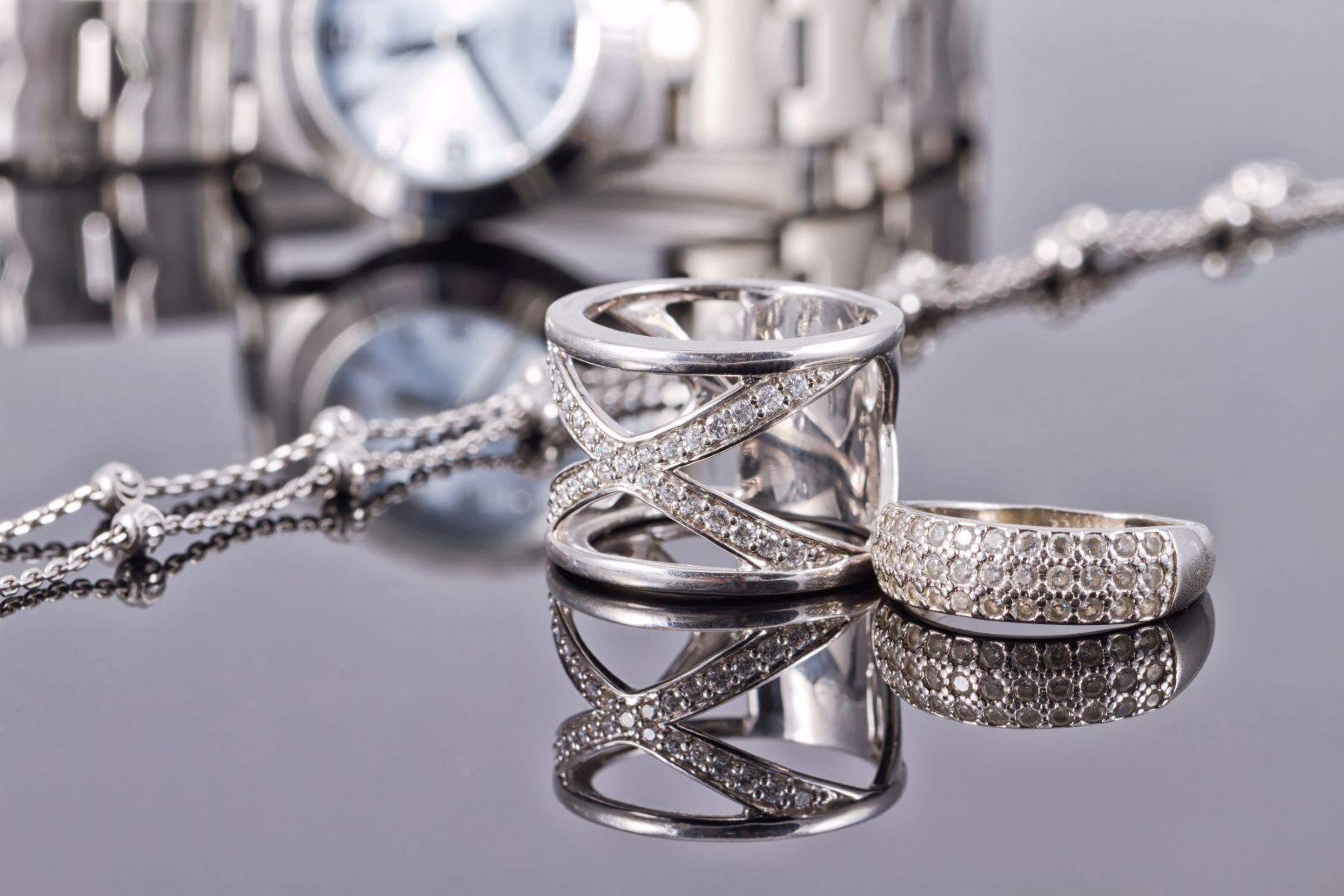

Articles
How To Store Silver Jewelry
Modified: March 3, 2024
Learn how to properly store your silver jewelry to prevent tarnishing and keep it looking shiny and beautiful. Explore our informative articles and tips for silver jewelry storage.
(Many of the links in this article redirect to a specific reviewed product. Your purchase of these products through affiliate links helps to generate commission for Storables.com, at no extra cost. Learn more)
Introduction
Welcome to the world of silver jewelry! Whether you’re a jewelry enthusiast or a casual wearer, storing your silver pieces properly is essential for maintaining their shine and preventing tarnish. Silver jewelry, known for its elegance and allure, can lose its luster over time if not stored and maintained correctly.
Understanding the properties of silver jewelry is the first step towards ensuring its longevity. Silver jewelry is typically made from sterling silver, which is composed of 92.5% silver and 7.5% other metals, such as copper or nickel. This alloy gives silver the durability and strength needed for jewelry-making. However, silver is prone to tarnish, a natural and gradual darkening that occurs when it reacts with sulfur in the air or certain substances.
In this article, we will explore the best practices for storing silver jewelry. We will delve into the factors to consider when choosing suitable storage options, provide tips for preparing your silver jewelry for storage, discuss methods for effectively storing your jewelry, and offer additional pointers to help you keep your silver jewelry in pristine condition.
We should mention that there are various types of silver jewelry, including rings, necklaces, bracelets, earrings, and more. Each type requires slightly different care, but the general principles for storing silver jewelry apply to all. By following these guidelines, you can ensure that your silver jewelry remains radiant and ready to adorn you for years to come.
So, let’s dive in and explore the world of silver jewelry storage, so you can keep your cherished pieces looking as beautiful as the day you first laid eyes on them.p>
Key Takeaways:
- Proper storage is essential for preserving the beauty of silver jewelry. Understanding its composition, selecting suitable storage options, and preparing it for storage are key to preventing tarnish and maintaining its allure.
- Regular cleaning, avoiding direct exposure to air and moisture, and utilizing individual storage pouches or anti-tarnish lining in jewelry boxes are crucial for protecting silver jewelry. Additional tips such as rotating and inspecting jewelry regularly further contribute to its longevity and shine.
Read more: How To Store Silver
Understanding the Properties of Silver Jewelry
Before delving into the storage and care of silver jewelry, it’s important to have a good understanding of its properties. Silver jewelry is cherished for its timeless beauty, but it requires proper care to maintain its shine.
Composition of Silver Jewelry
Silver jewelry is typically made from sterling silver, which is an alloy composed of 92.5% silver and 7.5% other metals, such as copper or nickel. The addition of these metals provides strength and durability to the silver, making it suitable for everyday wear.
The high silver content in sterling silver is what gives it its distinctive luster and shine. However, pure silver is too soft to be used in jewelry, as it can easily scratch and bend. The addition of other metals helps to enhance its durability and make it more resistant to wear and tear.
Common Types of Silver Jewelry
Silver jewelry comes in a wide variety of styles and designs, catering to different tastes and preferences. Some popular types of silver jewelry include:
- Silver Rings: Rings made from sterling silver are a favorite choice for both men and women. They come in various styles, including engagement rings, wedding bands, and fashion rings.
- Silver Necklaces: Silver necklaces can range from delicate chains to statement pendants. They are versatile accessories that can easily elevate any outfit.
- Silver Bracelets: Silver bracelets come in different styles, such as bangles, cuffs, and chain bracelets. They can be worn individually or stacked for a trendy look.
- Silver Earrings: From studs to hoops and dangles, silver earrings offer endless possibilities for adding a touch of elegance to your look.
- Silver Charms: Silver charm bracelets or necklaces allow you to personalize your jewelry collection by adding meaningful charms.
Care Instructions for Silver Jewelry
Proper care is crucial in maintaining the beauty of your silver jewelry. Here are some care instructions to keep in mind:
- Remove your silver jewelry before engaging in activities that could scratch or damage it, such as exercising or cleaning.
- Avoid exposing your silver jewelry to harsh chemicals, including chlorine and household cleaning agents.
- Store your silver jewelry in a cool, dry place to prevent tarnish and moisture damage.
- Regularly clean your silver jewelry to remove dirt and oils that can dull its shine.
- Consider using a polishing cloth or silver dip solution to restore the brilliance of your silver jewelry.
Now that we have a good understanding of the properties of silver jewelry, let’s move on to selecting suitable storage options to protect these precious pieces.
Read more: How To Store Silver Bars
Selecting Suitable Storage Options
When it comes to storing your silver jewelry, proper storage is essential to prevent tarnish and ensure its longevity. By choosing the right storage options, you can protect your precious pieces from moisture, air, and other environmental factors that can cause damage.
Importance of Proper Storage for Silver Jewelry
Silver jewelry is susceptible to tarnish, which is the result of a chemical reaction between silver and sulfur compounds. Tarnish can dull the shine of your jewelry and make it lose its luster. Proper storage can help minimize exposure to these compounds, preventing tarnish and maintaining the beauty of your silver jewelry.
In addition to preventing tarnish, proper storage also helps to protect your silver jewelry from scratches, dents, and other physical damage. By storing your pieces in a secure and organized manner, you can prevent them from coming into contact with other jewelry or hard surfaces that could cause harm.
Factors to Consider when Choosing a Storage Option
When selecting a storage option for your silver jewelry, there are a few factors to consider:
- Protection from Air and Moisture: Look for storage options that provide airtight or anti-tarnish properties to minimize exposure to air and moisture.
- Organization: Choose a storage option that allows you to keep your jewelry organized and easily accessible. This will help prevent tangles and damage from multiple items coming into contact with each other.
- Suitability for Travel: If you frequently travel with your silver jewelry, consider a portable storage solution that offers protection during transportation.
- Style and Aesthetics: While functionality is essential, it’s also important to choose a storage option that complements your personal style and fits seamlessly with your overall decor.
Recommended Storage Materials for Silver Jewelry
There are various storage materials that are well-suited for storing silver jewelry:
- Individual Storage Pouches or Bags: Soft fabric or microfiber pouches are a popular choice for keeping silver jewelry separate from other pieces and preventing scratches.
- Jewelry Boxes or Cases with Anti-Tarnish Lining: These storage options often have compartments or dividers to keep your jewelry organized and protected from tarnish.
- Anti-Tarnish Paper or Silver Cloth: Wrapping your silver jewelry in anti-tarnish paper or storing it in a silver cloth pouch can help prevent tarnish formation.
- Drawer Inserts or Jewelry Trays: These inserts provide compartments and dividers to keep your silver jewelry neatly organized within drawers.
By considering these factors and using the recommended storage materials, you can ensure that your silver jewelry remains safe, tarnish-free, and ready to be enjoyed whenever you choose to wear it.
Read more: How To Store Sterling Silver
Preparing Silver Jewelry for Storage
Before storing your silver jewelry, it’s important to prepare it properly to ensure its longevity and maintain its shine. By following a few simple steps, you can keep your silver jewelry looking its best for years to come.
Cleaning and Polishing Silver Jewelry
Regular cleaning is essential to remove dirt, oils, and other substances that can dull the shine of your silver jewelry. To clean your silver jewelry:
- Fill a bowl with warm water and add a small amount of mild dish soap.
- Gently place your silver jewelry into the soapy water and let it soak for a few minutes.
- Using a soft-bristled brush or toothbrush, gently scrub the jewelry to remove any dirt or residue.
- Rinse the jewelry thoroughly under running water, ensuring that no soap residue remains.
- Dry your silver jewelry using a soft, lint-free cloth, gently patting it to remove any moisture.
In addition to regular cleaning, polishing your silver jewelry can help restore its shine. You can use a silver polishing cloth or a silver polish solution specifically designed for jewelry. Follow the instructions on the polish product and gently buff your silver jewelry until it regains its luster.
Removing Tarnish from Silver Jewelry
Tarnish is a natural occurrence on silver jewelry and can be easily removed with a few simple methods. Here are two popular ways to remove tarnish:
- Baking Soda and Aluminum Foil Method: Line a bowl with aluminum foil and fill it with hot water. Add one tablespoon of baking soda and mix until dissolved. Place your tarnished silver jewelry in the mixture, ensuring it touches the aluminum foil. Let it sit for a few minutes, then remove and rinse thoroughly. Dry and polish with a soft cloth.
- Milder Methods: If you prefer a less abrasive method, you can use a commercial tarnish remover or a silver polish solution specific for tarnish removal. Follow the instructions provided by the product, as they may vary.
Applying Protective Coatings or Sealants
Applying a protective coating or sealant to your silver jewelry can help prevent tarnish and slow down the oxidation process. There are various types of coatings available, such as lacquers and individual silver dips. These coatings create a barrier between the silver and the air, reducing the risk of tarnishing.
When applying protective coatings or sealants, it’s essential to follow the instructions provided by the manufacturer. Ensure that your silver jewelry is clean and dry before applying the coating, and allow sufficient drying time before storing.
By cleaning, polishing, and considering protective coatings, you are taking proactive steps to ensure that your silver jewelry remains in optimal condition during storage.
Read more: How To Store Silver Flatware
Storing Silver Jewelry
Proper storage is crucial in keeping your silver jewelry safe, protected, and free from tarnish. Implementing the right storage techniques will help preserve the beauty and longevity of your precious pieces. Here are some essential tips for storing silver jewelry:
Avoiding Direct Exposure to Air, Light, and Moisture
Silver jewelry is highly sensitive to air, light, and moisture, which can accelerate tarnish formation. To prevent tarnish and keep your silver jewelry looking its best:
- Avoid storing your silver jewelry in areas that experience high humidity, such as bathrooms or basements.
- Keep your jewelry away from direct sunlight, as prolonged exposure to UV rays can cause discoloration.
- Store your jewelry in a cool, dry place, preferably in a storage container that provides protection from air and moisture.
Organizing Silver Jewelry
Organizing your silver jewelry not only helps keep it tangle-free but also minimizes the risk of scratches and damage. Here are a few tips for organizing your silver jewelry:
- Separate your silver pieces by type, such as rings, necklaces, bracelets, and earrings.
- If possible, dedicate separate compartments or sections in your storage container for each type of jewelry.
- Consider arranging your jewelry based on how frequently you wear them, with more frequently worn pieces easily accessible.
Using Individual Storage Pouches or Bags
Using individual storage pouches or bags is an excellent way to protect your silver jewelry from scratches, tangling, and interaction with other metals. Here’s how to utilize them effectively:
- Invest in soft fabric or microfiber pouches that are gentle on your silver jewelry.
- Place each piece of silver jewelry in its own pouch to prevent them from rubbing against each other.
- Label or mark each pouch to make it easier to identify specific pieces of jewelry.
Read more: How To Store Silver Coins
Utilizing Jewelry Boxes or Cases with Anti-Tarnish Lining
Jewelry boxes or cases with anti-tarnish lining are specifically designed to safeguard your silver jewelry from tarnish and other forms of damage. Here’s how to make the most of them:
- Choose a jewelry box or case with individual compartments or dividers to keep your silver pieces separated.
- Look for boxes or cases that feature anti-tarnish lining, often made of materials like felt or treated fabric.
- Make sure the size and shape of the compartments are suitable for your specific silver jewelry pieces.
By avoiding direct exposure to air, light, and moisture, organizing your silver jewelry, using individual storage pouches or bags, and utilizing jewelry boxes or cases with anti-tarnish lining, you can significantly extend the lifespan of your silver jewelry and keep it looking as beautiful as ever.
Additional Tips for Silver Jewelry Storage
While proper storage techniques can go a long way in protecting your silver jewelry, here are some additional tips to ensure its longevity and maintain its shine:
Rotating and Inspecting Jewelry Regularly
It’s important to rotate your silver jewelry and give each piece a chance to be worn. Regularly wearing your silver jewelry helps prevent it from sitting in storage for extended periods, reducing the risk of tarnish formation. Additionally, inspecting your jewelry on a regular basis allows you to identify any signs of wear, loose stones, or damage that need to be addressed promptly.
Avoiding Contact with Household Chemicals
Household chemicals, such as cleaning agents, bleach, and even certain cosmetics, can damage silver jewelry. It’s crucial to remove your silver jewelry before using any household cleaning products or engaging in activities that involve exposure to chemicals. Always remember to put your jewelry on last when getting ready and take it off first when removing your accessories.
Read more: How To Store Silver Bullion
Seeking Professional Guidance if Necessary
If you have valuable or intricate silver jewelry pieces that require special care or cleaning, it’s advisable to seek professional guidance. Professional jewelers have the expertise and tools to handle delicate or complex jewelry, ensuring that it is properly cleaned and maintained without causing any damage. They can provide valuable advice and guidance on how to care for your specific silver jewelry pieces.
By rotating and inspecting your jewelry regularly, avoiding contact with household chemicals, and seeking professional guidance when needed, you can take additional steps to keep your silver jewelry in its best condition and enjoy it for years to come.
Conclusion
Proper storage is vital in preserving the beauty and longevity of your silver jewelry. By following the tips and techniques outlined in this article, you can ensure that your cherished pieces remain tarnish-free, protected, and ready to be worn at any time.
Understanding the properties of silver jewelry, including its composition and care instructions, allows you to handle and store it with the necessary precautions. Selecting suitable storage options that offer protection from air, light, and moisture is crucial in preventing tarnish formation and physical damage.
Preparing your silver jewelry for storage by cleaning, polishing, and removing tarnish ensures that you store it in the best possible condition. Applying protective coatings or sealants can further enhance its resistance to tarnish and oxidation.
When it comes to storing your silver jewelry, avoiding direct exposure to air, light, and moisture is key. Organizing your jewelry and using individual storage pouches or bags can prevent scratches and tangling. Utilizing jewelry boxes or cases with anti-tarnish lining provides an added layer of protection for your precious pieces.
Additional tips, such as rotating and inspecting your jewelry regularly, avoiding contact with household chemicals, and seeking professional guidance when necessary, further contribute to the longevity of your silver jewelry.
Remember, proper storage not only protects your silver jewelry from tarnish and damage but also ensures that you can continue to enjoy its beauty for years to come. By implementing the recommendations outlined in this article, you can preserve the brilliance and allure of your silver jewelry collection.
So, treat your silver jewelry with the care and respect it deserves, and it will continue to shine and bring joy to your life for generations to come.
Frequently Asked Questions about How To Store Silver Jewelry
Was this page helpful?
At Storables.com, we guarantee accurate and reliable information. Our content, validated by Expert Board Contributors, is crafted following stringent Editorial Policies. We're committed to providing you with well-researched, expert-backed insights for all your informational needs.

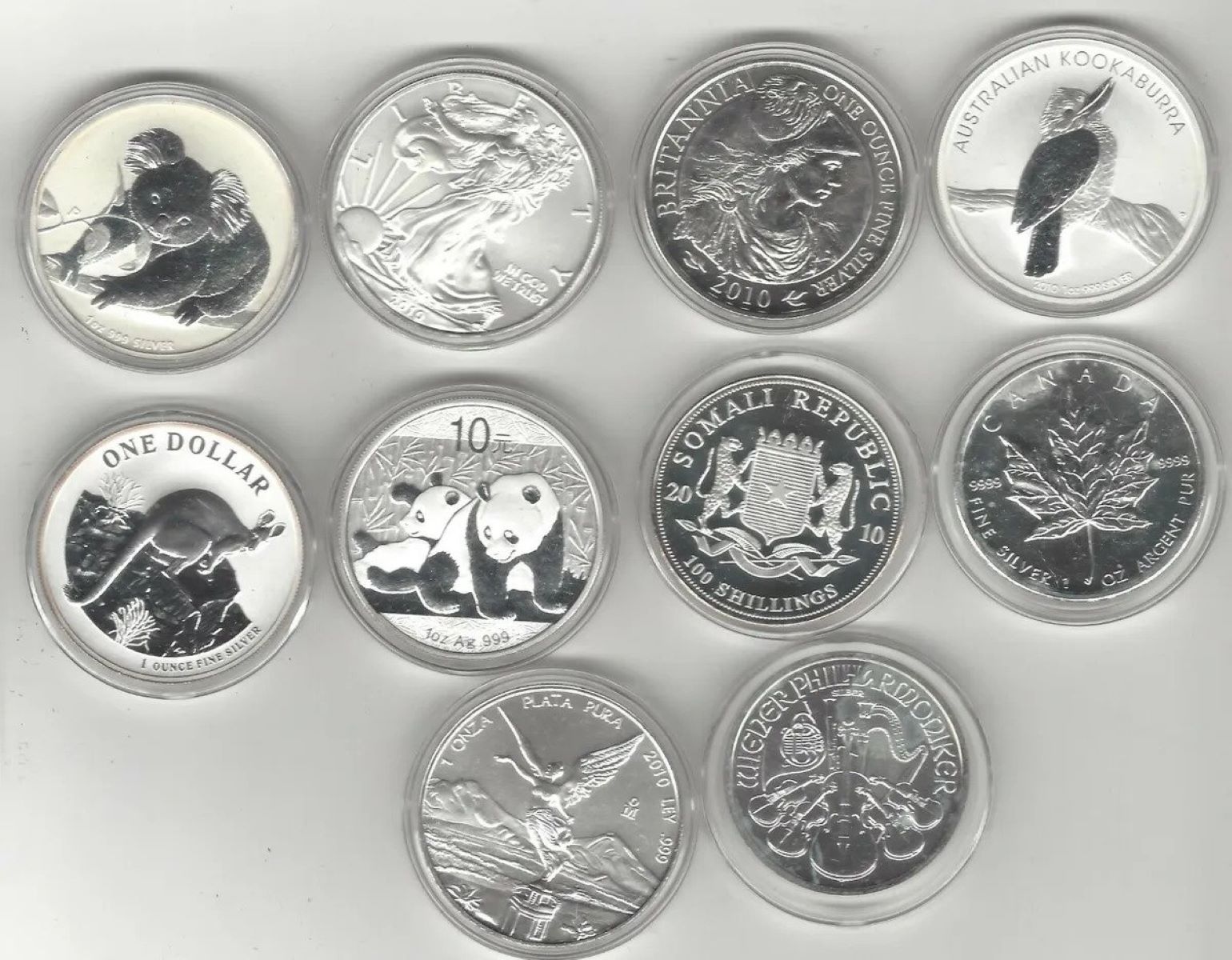
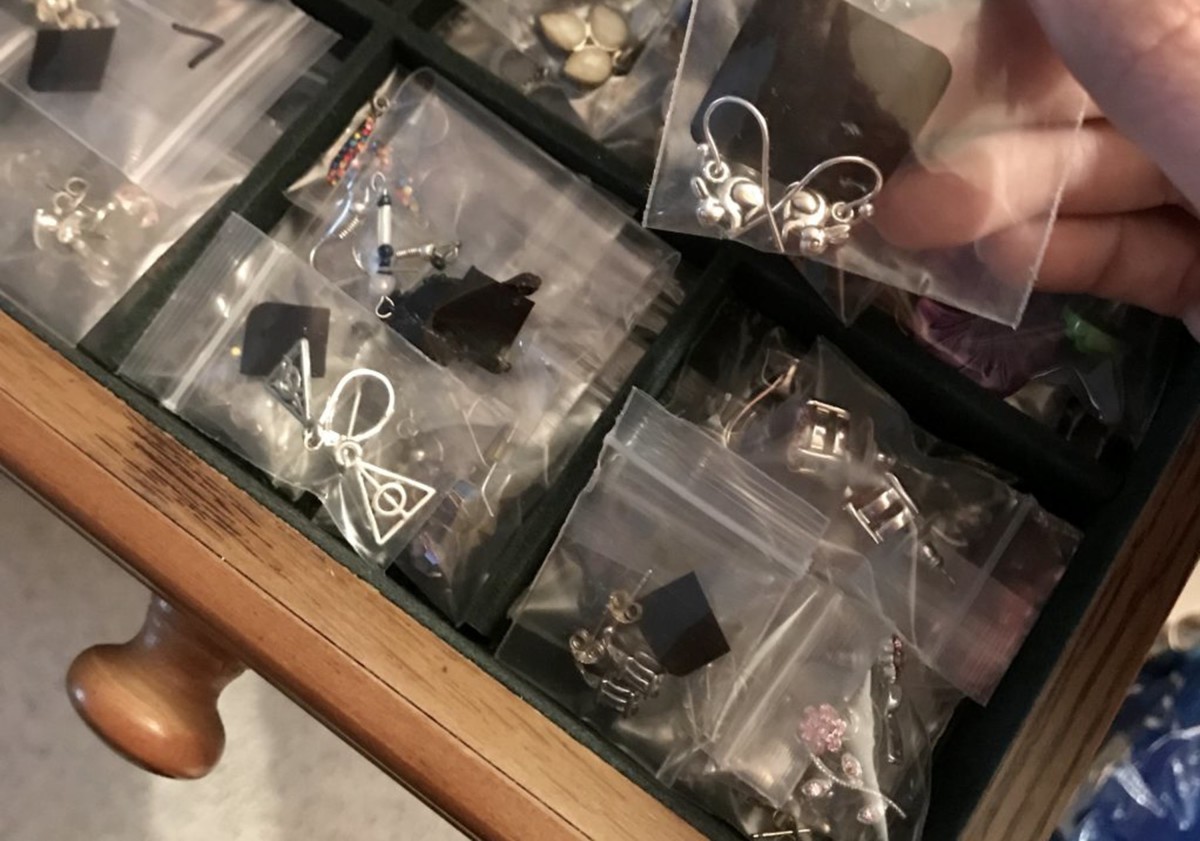
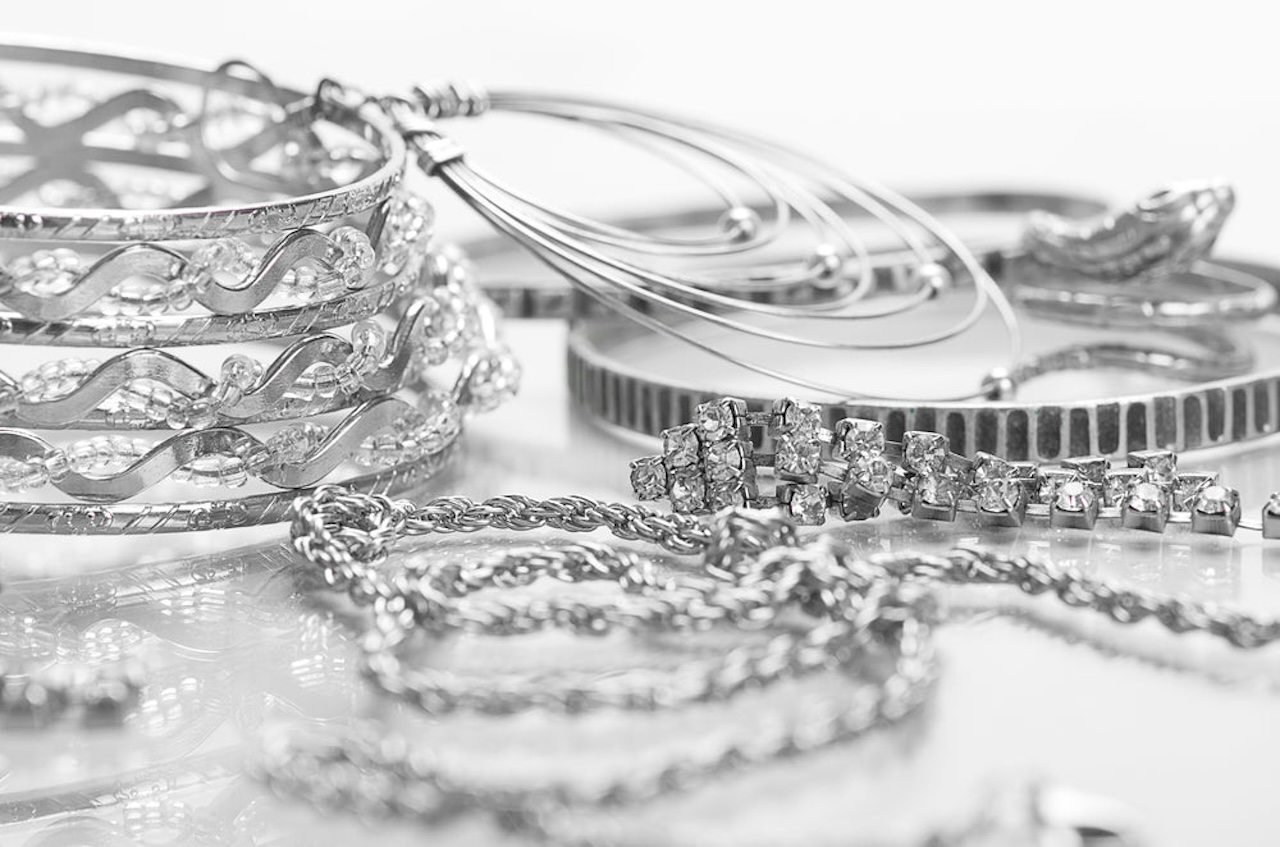
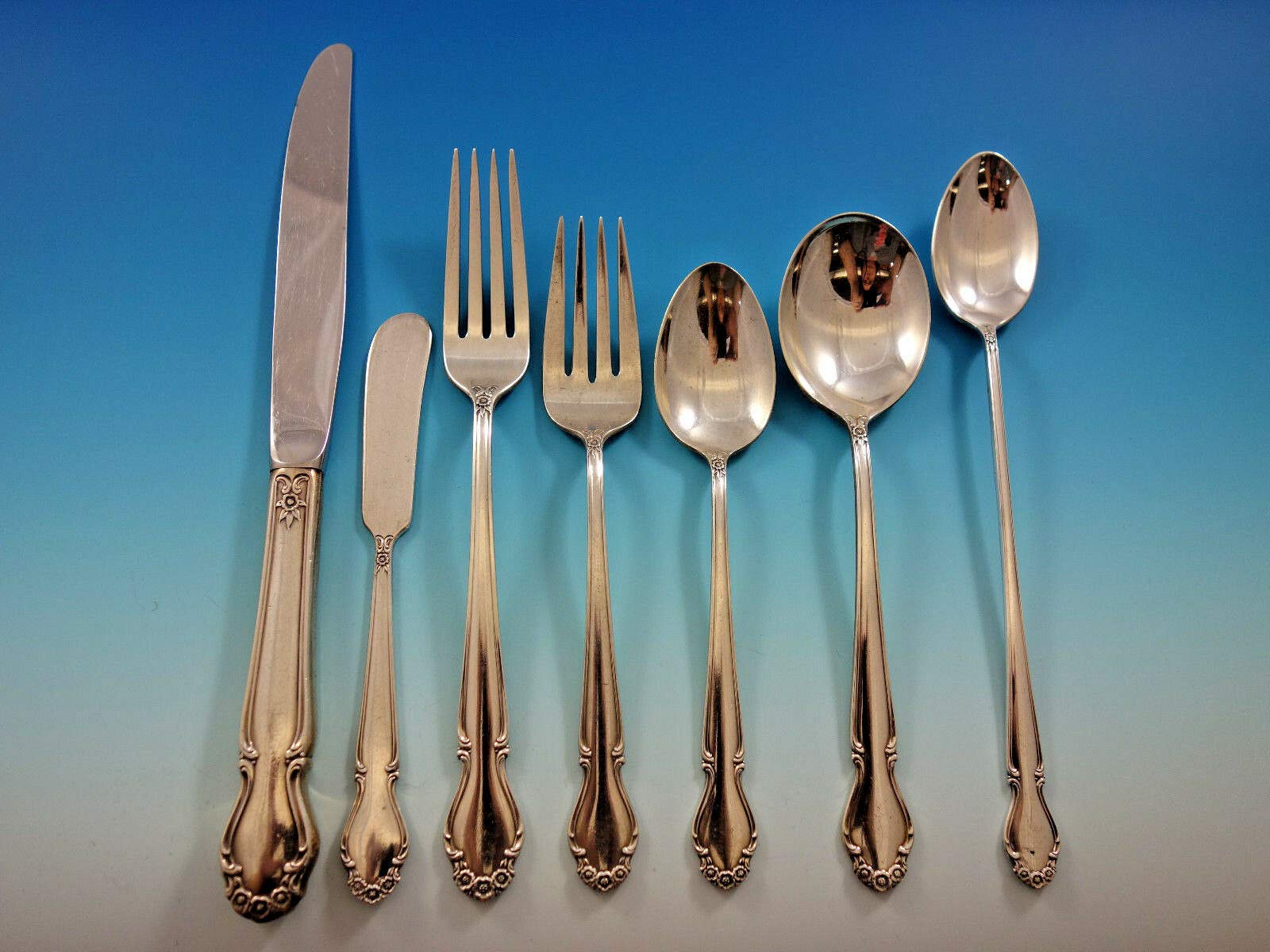
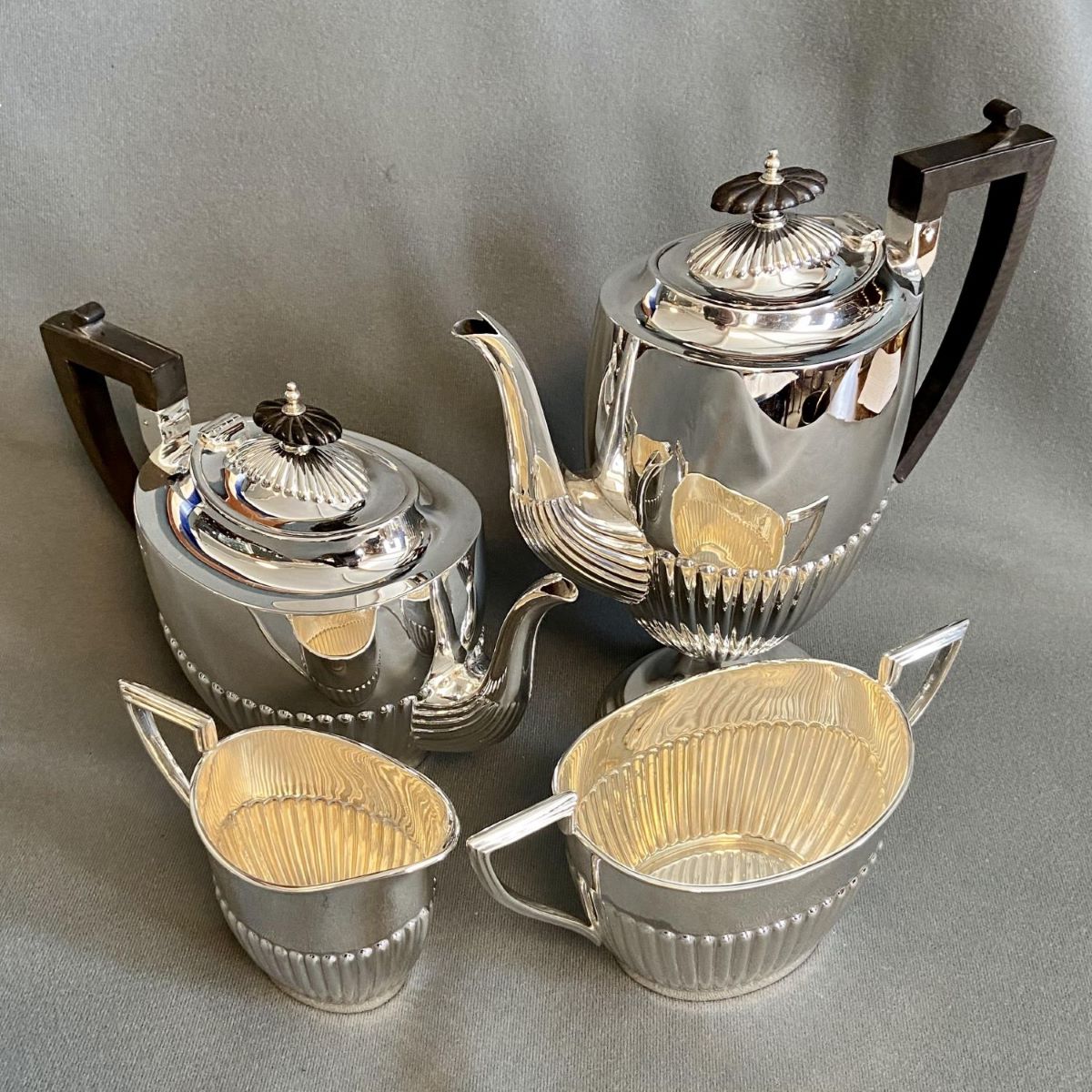
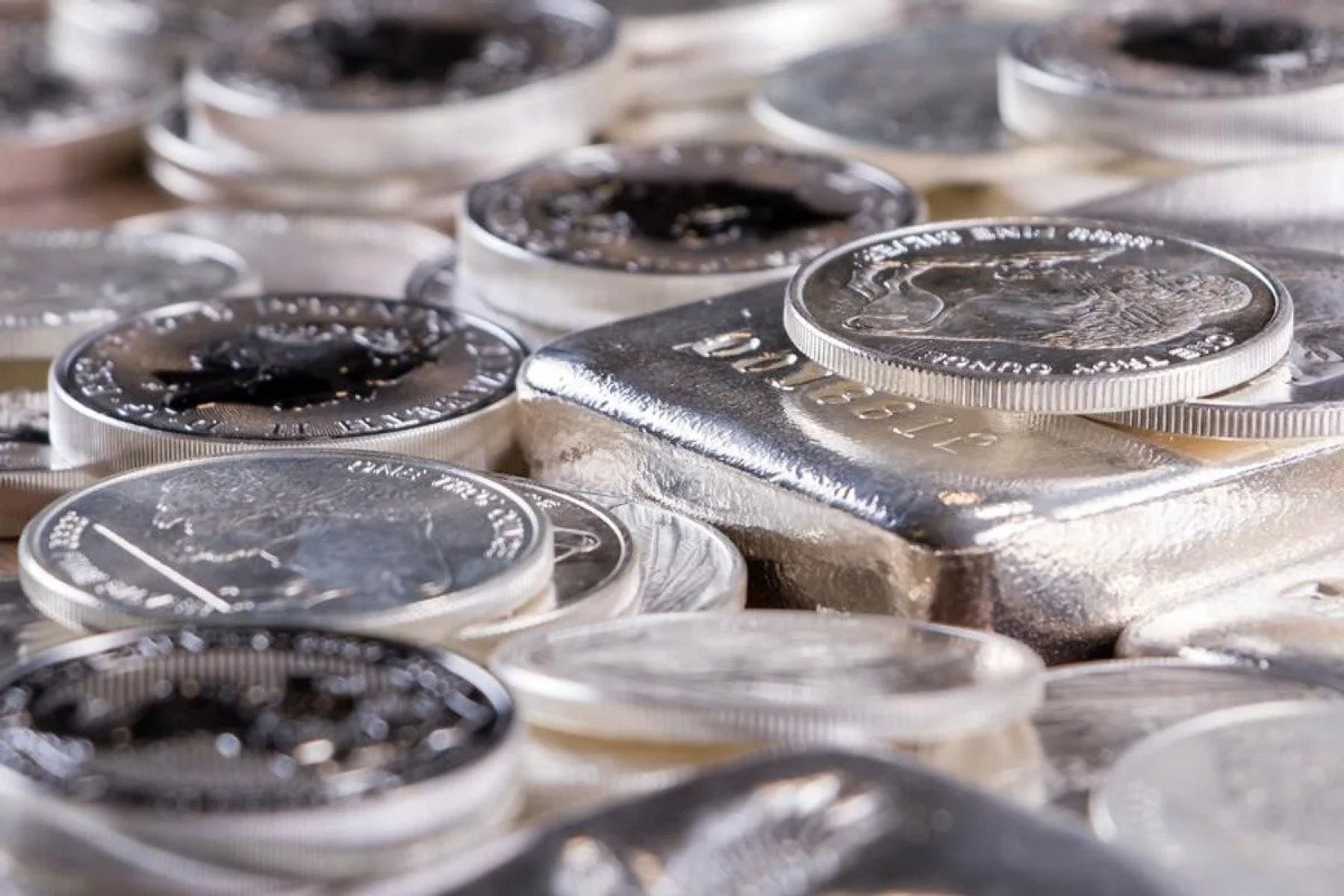
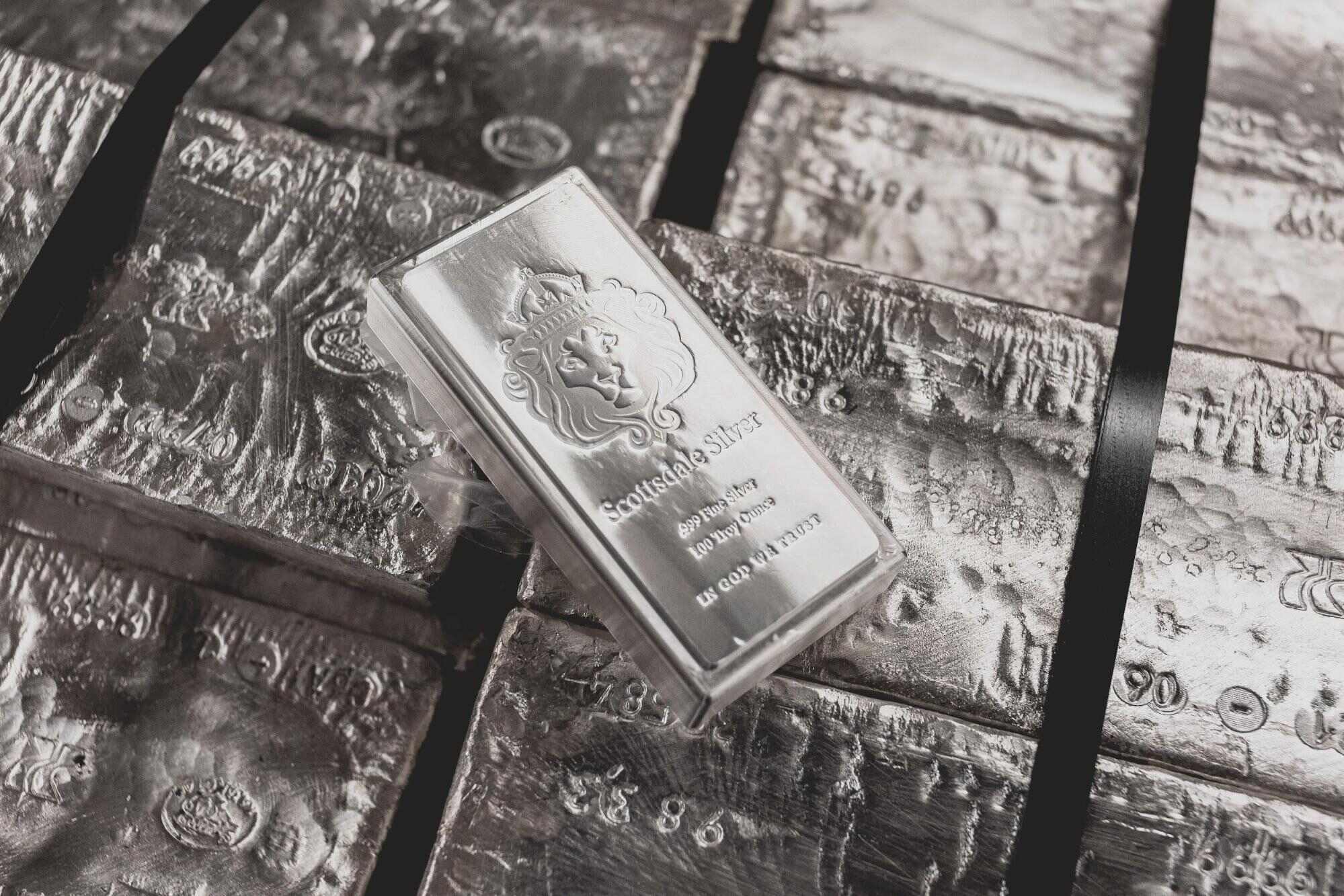
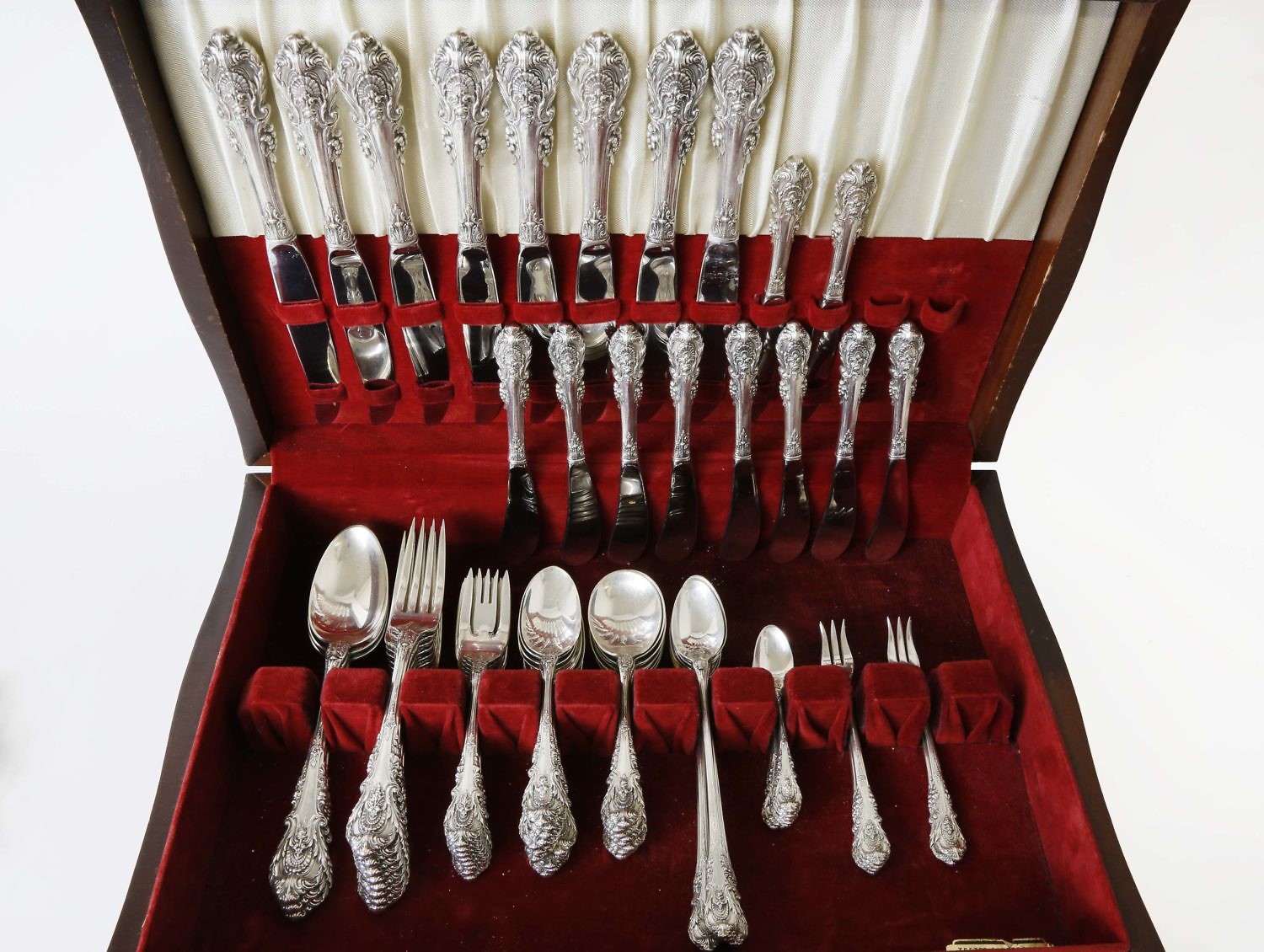
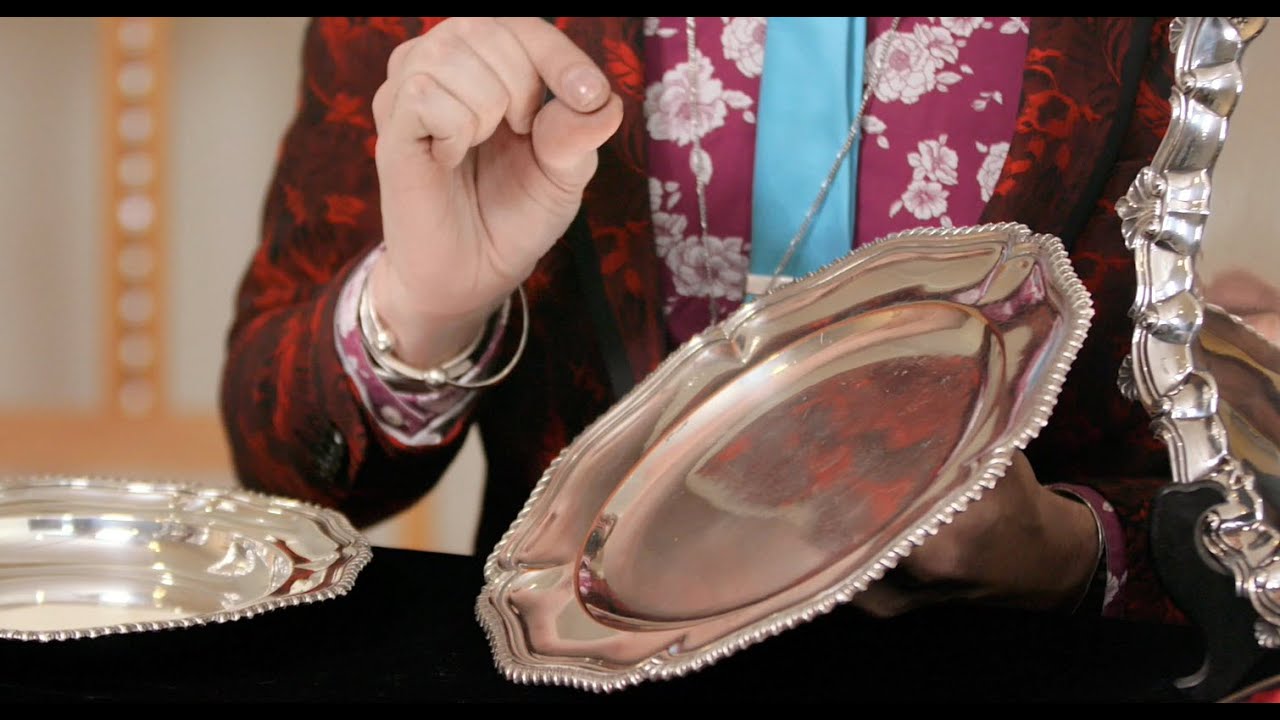

0 thoughts on “How To Store Silver Jewelry”